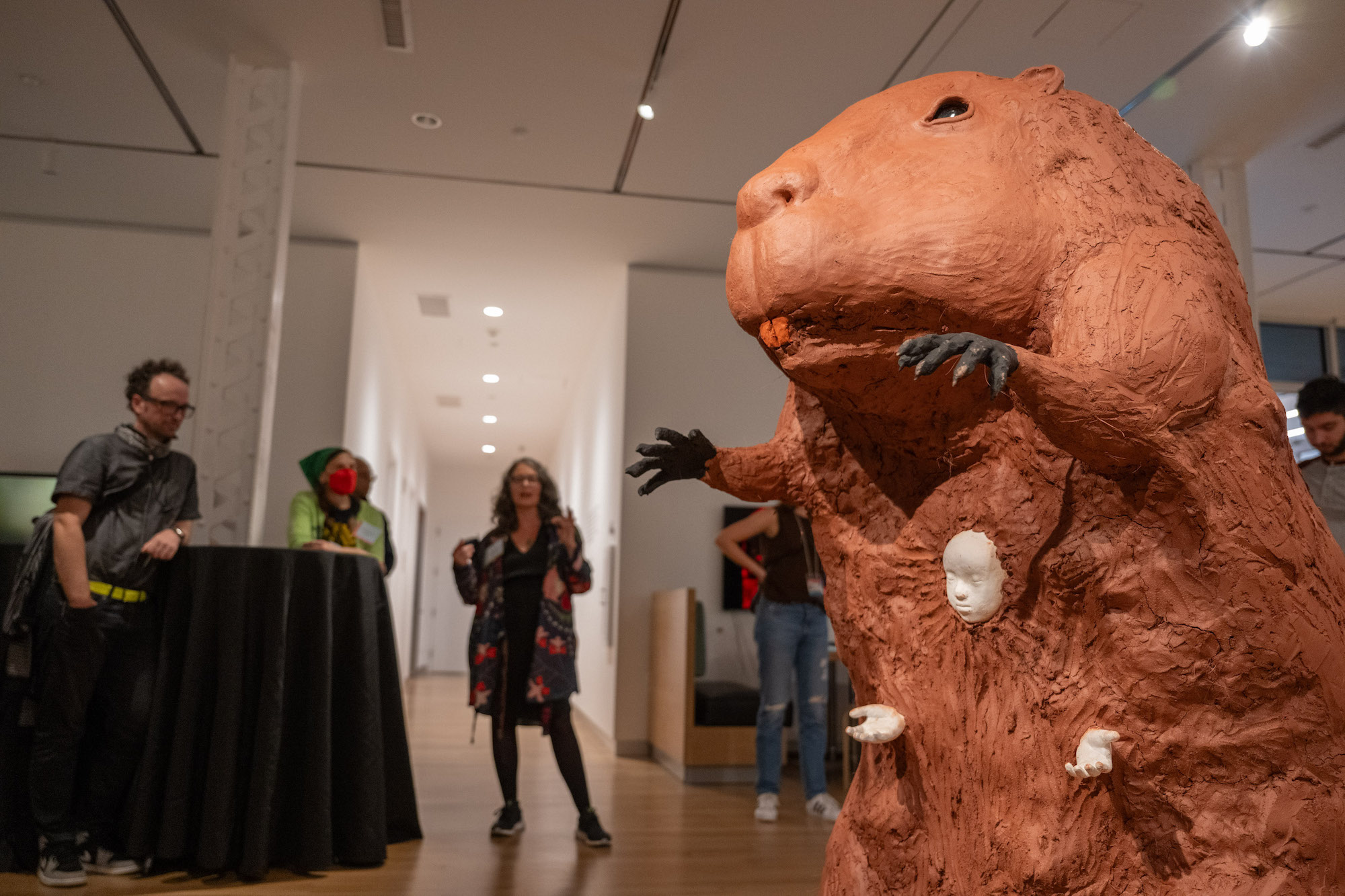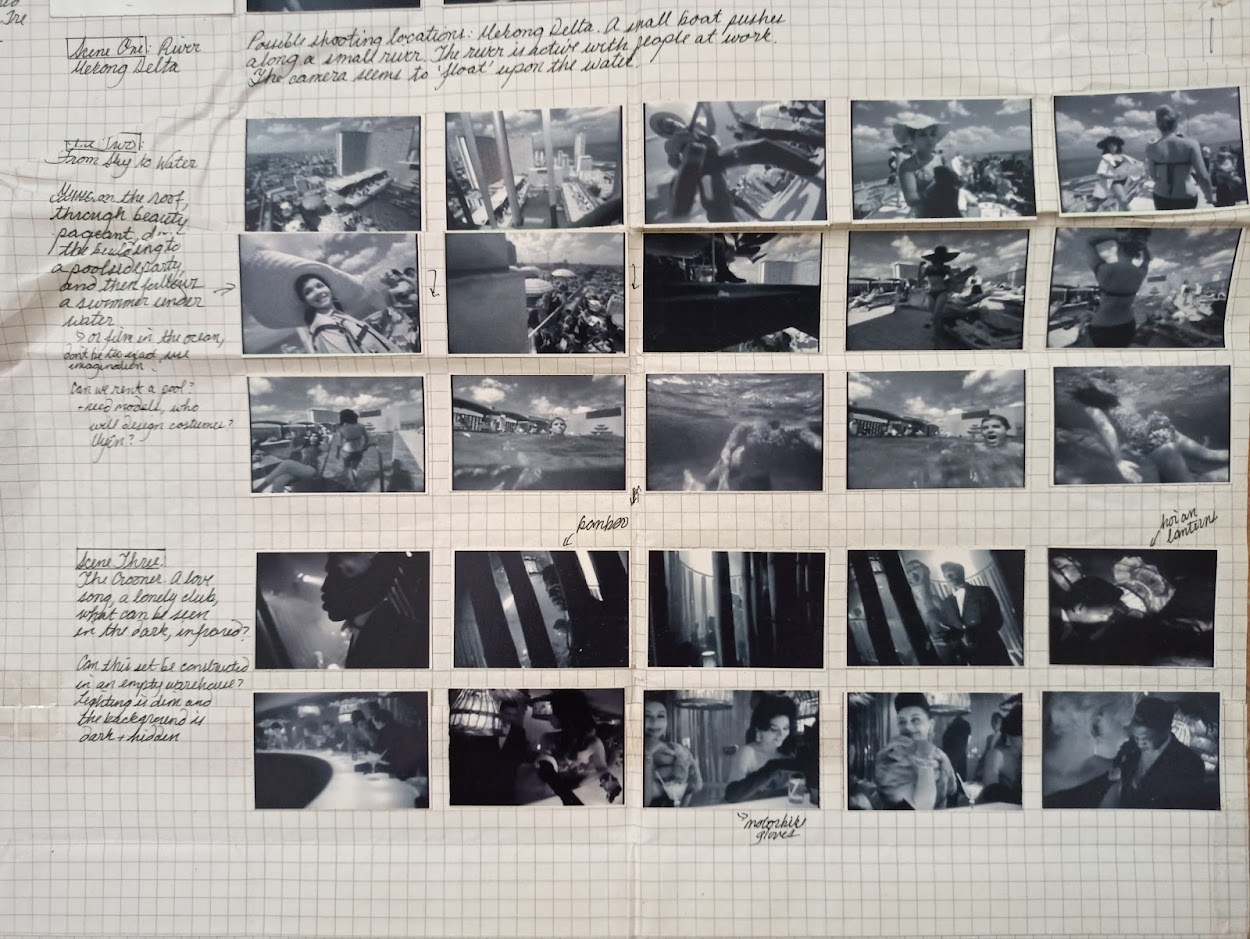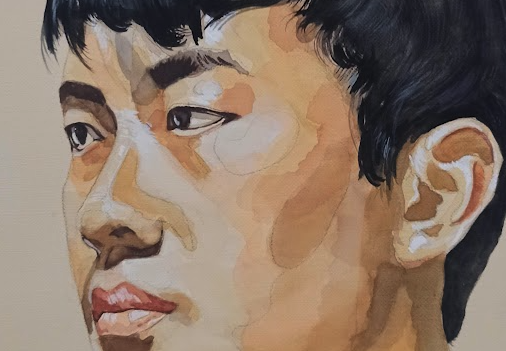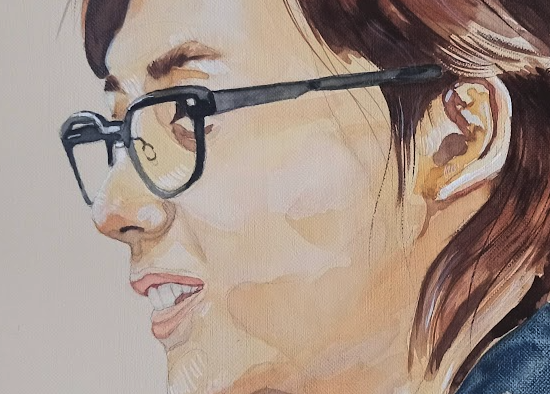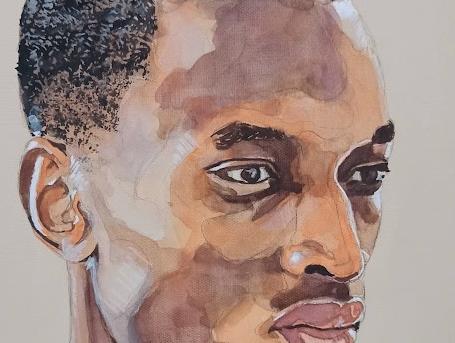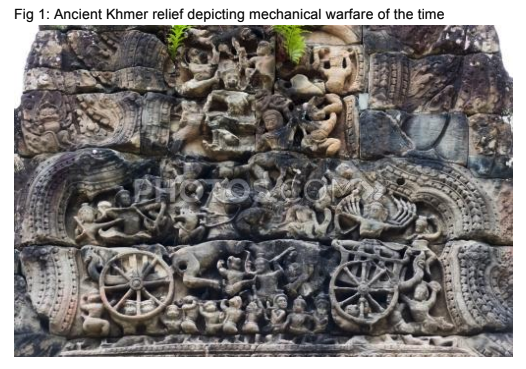Proposal for the 13th Istanbul Biennial: Mom, Am I a Barbarian?
Richard Streitmatter-Tran (Ho Chi Minh City, Vietnam)
Machin Nations (2013)
The term Manzi (蠻子) refers to the Southern Barbarians at the time when China was divided
between the north and south during the Jin and Song dynasties. Manzi was often used in a
derogatory sense by the northerners and appears in the documents of the Mongol Yuan dynasty,
who considered the southerners as distinct from the northern Chinese. Marco Polo also adopted
the term and by the time it reached the Western world, the term became romanized as the Latin
“Mangi” (or Machin) referring southern barbarians. Variations of Manzi, Mangi and Machin are
commonly found on medieval maps. It even is listed in Divanü Lugat-it-Türk and was used by
the Ottoman Turks to refer to China as the "Çin ve Maçin" (Chin & Machin)... "Chin" for Northern
China and "Machin" for Southern China. Etymologically, the root 蠻 (Man) signified the
barbarous or savage while the root, 子 zi as the offspring or son, the concatenation referring to
these southern peoples as the descendents of the the uncivilized.
Even with a unified and modern China, the Chinese still do not refer to themselves as Çin and
instead they are self-references as Han. This historical appellation for the southern barbarians
of China is now used to refer to the people south of China, namely the Vietnamese, particularly
during the thousand-year occupation of Vietnam by China. The term has in a sense been
reclaimed by the Vietnamese as a term of resistance, similar to the ways formerly derogative
terms such as queer have been recontextualized and reclaimed by the peoples the terms were
formerly directed at.
Machin Nations, read as machinations, looks to the productions and artifacts of civilization as
they descend or emerge from barbarity and to how distinctions between the two aren’t always
binary, and how the artisan or the smith, becomes the interlocutor between the two - and at
once being both the manufacturer of the civilian and the military, enabling domesticity and
warfare.
Proposal of work:
The works in sculpture, Machin Nations, continues the line of investigation into when objects
and their producers fall within and outside of civilization. Using the discarded materials from
traditional Chinese and Vietnamese furniture warehouses.
My studio in Ho Chi Minh City is located in a warehouse complex that includes a shop that
restores and replicated traditional Chinese and Vietnamese furniture. Over the past year, I’ve
purchased scraps and defects from the furniture store for use as material in my studio for
sculpture. I’ve been interested in the lifecycle of these materials. If one can equate civility to
domesticity, objects once operating on one level as household item often become the
immediate objects of resistance during times of turbulence. Available and familiar, furniture
become the armature of barricades and improvised weaponry and fuel. The utility easily moves to that of the undomestic, the savage or the raw. I’ve been researching the design and mechanics of ancient weapons of the South (Vietnam, Thailand, Cambodia) and started to consider the construction functional tools of warfare constructed entirely from these Chinese furniture discards, to include chariots, barricades, catapults and trebuchets. These domestic objects in a former life become sculptures that encapsulate the flow between the civilized and the savage nature of design (having de-signed, removed the original significance).
It has been remarked that commercial technologies are often created first for military use (the internet and surveillance technologies for example) and only become civilized (put toward the utility of the civilian) after the military utility has been exhausted. Here we have the inversion, of domestic products once again becoming instruments of warfare and resistance.
DETAILS
2013
Proposal for 13th Istanbul Biennale
